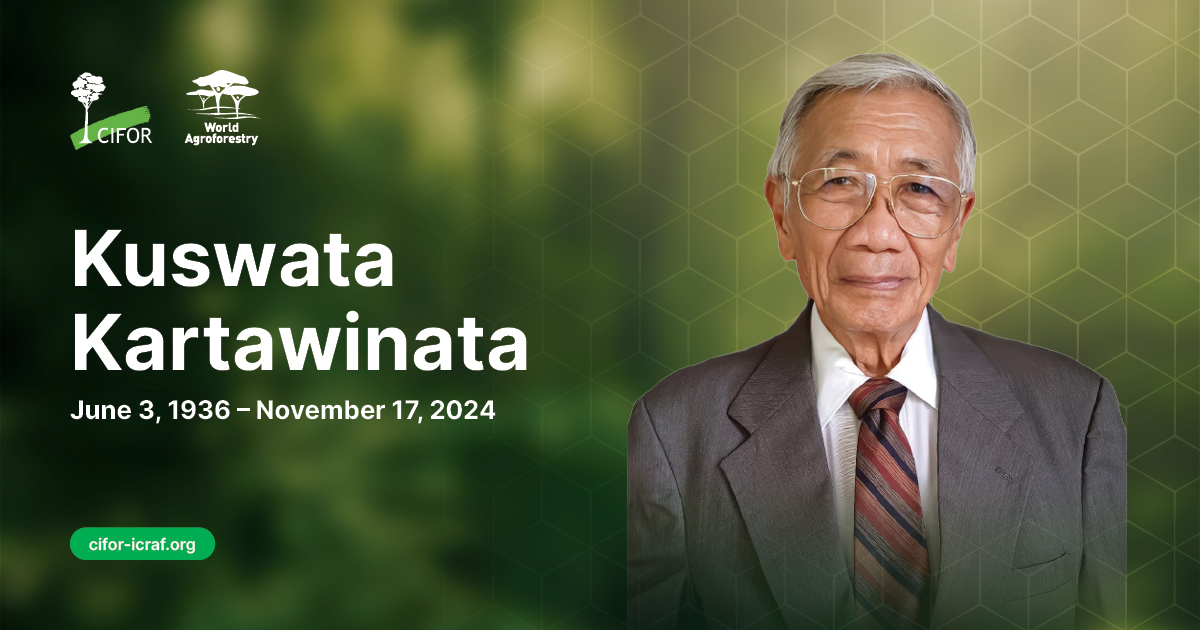The Guinean rain forest (GRF) of West Africa, identified over 20 years ago as a global biodiversity hotspot, had reduced to 113,000 km2 at the start of the new millennium which was 18% of its original area. The principal driver of this environmental change has been the expansion of extensive smallholder agriculture. From 1988 to 2007, the area harvested in the GRF by smallholders of cocoa, cassava, and oil palm increased by 68,000 km2. Field results suggest a high potential for significantly increasing crop yields through increased application of seed-fertilizer technologies. Analyzing land-use change scenarios, it was estimated that had intensified cocoa technology, already developed in the 1960s, been pursued in Cote d'Ivoire, Ghana, Nigeria and Cameroon that over 21,000 km2 of deforestation and forest degradation could have been avoided along with the emission of nearly 1.4 billion t of CO2. Addressing the low productivity of agriculture in the GRF should be one of the principal objectives of REDD climate mitigation programs.
DOI:
https://doi.org/10.1007/s00267-010-9602-3
Altmetric score:
Dimensions Citation Count:

Publication year
2010
Authors
Gockowski, J.; Sonwa, D.J.
Language
English
Keywords
biodiversity, crop yield, land degradation, nature conservation, deforestation, land use, livelihoods, poverty alleviation, intensification
Geographic
Ghana, Nigeria, Cameroon























